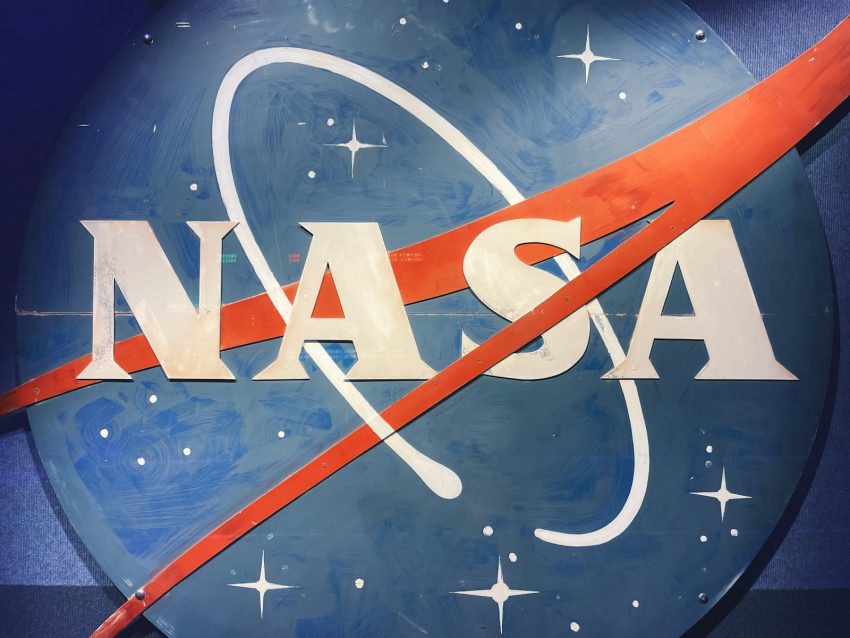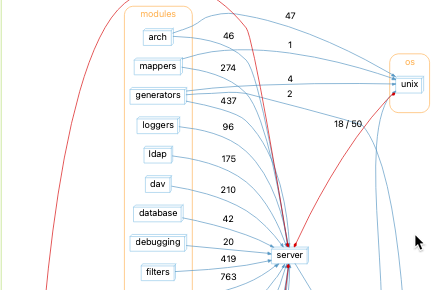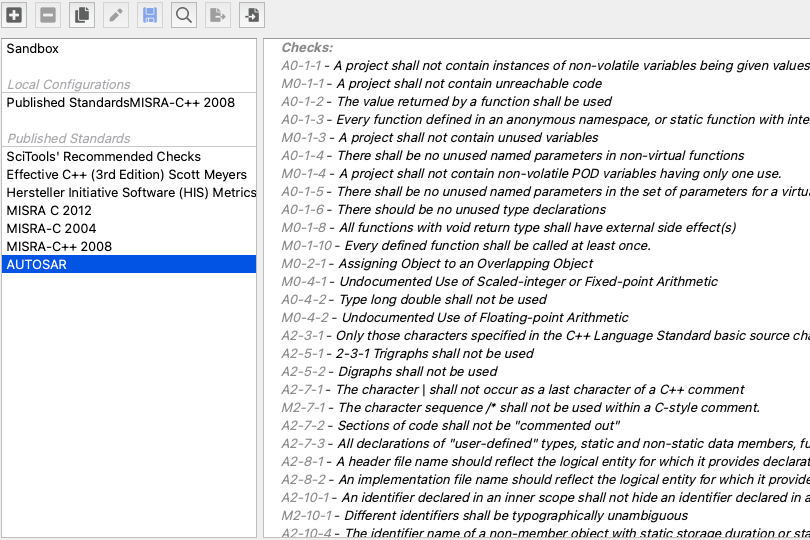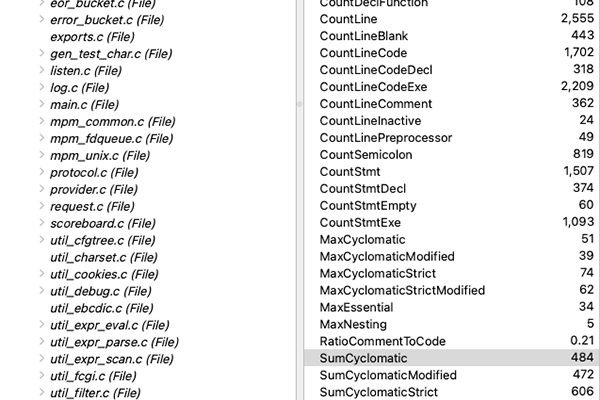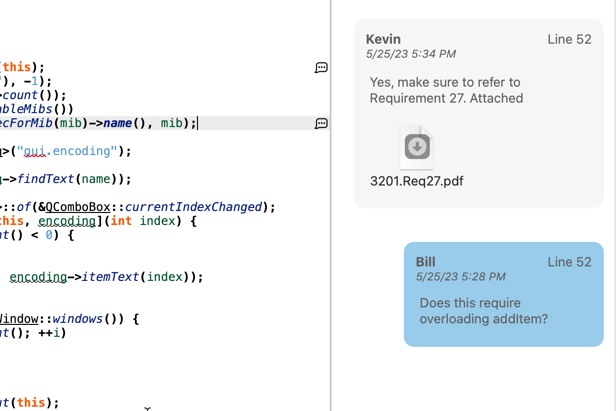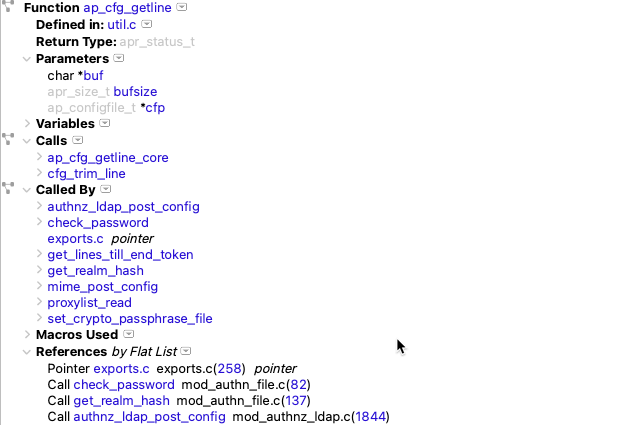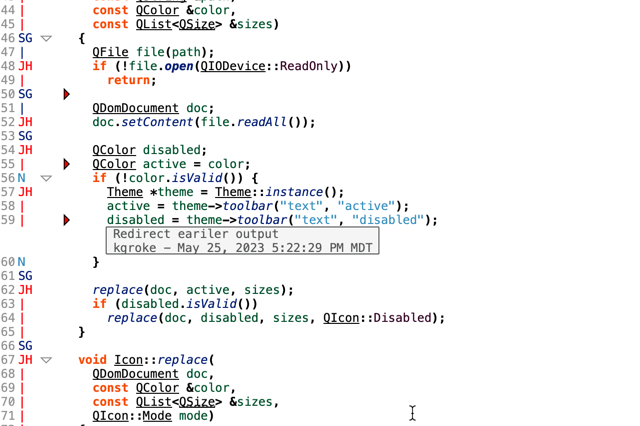Abstract: SciTools recently met with NASA’s Independent Verification and Validation (IV&V) team to explore how they leverage Understand to ensure the safety and reliability of mission-critical software. This article delves into the challenges of analyzing diverse codebases and highlights how Understand’s comprehensive features empower the team to proactively identify and mitigate software risks, contributing to safer missions and the advancement of human exploration.
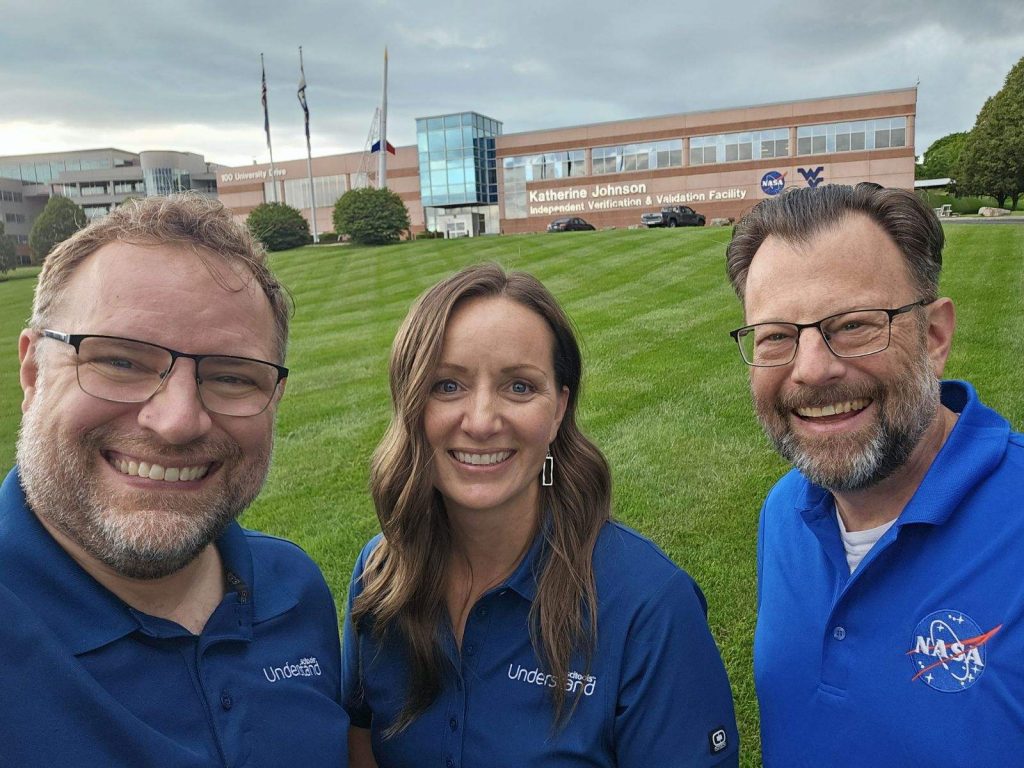
The Critical Role of Software in Space Exploration
NASA’s space missions depend on intricate software systems that control navigation, communication, data collection, and complex operations. The reliability and safety of this software are paramount, as even minor errors can have catastrophic consequences. Each mission involves diverse software components developed by multiple teams across various organizations, resulting in a wide range of coding styles, languages, and architectures. To ensure the safety and reliability of these integrated software systems, NASA relies on the expertise of the Software Assurance Tools (SWAT) team at the Katherine Johnson Independent Verification and Validation (IV&V) Facility in Fairmont, West Virginia
Understand: NASA IV&V’s Essential Tool
The NASA IV&V team has relied on Understand since 2006 as a critical tool for comprehensive code analysis, offering a suite of tailored features to address the multifaceted challenges of NASA’s diverse software landscape.

- Deciphering Legacy Code: For legacy software components with sparse or outdated documentation, Understand’s interactive graphs and flowcharts visually illuminate the code’s structure, dependencies, and call relationships. This enables IV&V teams to rapidly understand complex codebases and pinpoint potential vulnerabilities or inefficiencies.
- Unraveling Complex Algorithms: Missions often rely on intricate algorithms for scientific calculations or control systems. Understand’s dataflow analysis and call graphs enable the IV&V team to trace the flow of data through these algorithms, identifying potential bottlenecks or logic errors that could compromise mission success.
- Ensuring Safety-Critical Integrity: For software components where even minor flaws could have dire consequences, Understand allows the IV&V team to define custom metrics and checks. For example, Understand can automatically report violations of complexity thresholds to identify overly complex code. These tailored assessments ensure adherence to NASA’s stringent safety standards and identify deviations from best practices.
- Seamless Integration of Disparate Components: With components developed by different teams using diverse languages and frameworks, integration risks are a constant concern. Understand’s architecture analysis tools provide IV&V teams with a holistic view of the entire software system, helping them identify potential integration issues and ensure seamless interaction between components.
Understand’s Contribution to Mission Safety
By leveraging Understand’s deep code comprehension and analysis capabilities, the IV&V team proactively identifies and mitigates potential software risks before they escalate. This early intervention significantly reduces the likelihood of software-related anomalies during critical mission phases. Furthermore, Understand’s ability to track changes across different versions of the software, coupled with its comprehensive metrics and reports, empowers the IV&V team to assess the impact of modifications on the system’s overall safety and reliability. This ensures that the software remains robust and resilient throughout the mission lifecycle, from initial development to deployment and beyond.

SciTools Support: A Partnership for Mission Success
SciTools is committed to empowering the IV&V team in their mission-critical work. Our dedicated support team has established a close partnership with them, providing comprehensive assistance throughout their journey with Understand. From initial onboarding and customized training sessions to ongoing guidance on complex analyses and custom script development, the IV&V team has consistently expressed their appreciation for the SciTools’ support team. This collaborative approach ensures that the SWAT team has the tools and knowledge they need to confidently tackle the challenges of ensuring software safety and reliability for NASA’s missions.
Conclusion
Understand plays a pivotal role in safeguarding the safety and success of NASA’s space missions. By empowering the IV&V team with comprehensive code analysis, visualization, and customization capabilities, Understand enables them to navigate the complexities of diverse codebases, proactively mitigate risks, and ensure adherence to the highest software quality standards. This translates to safer missions, more reliable spacecraft, and the continued advancement of human exploration in the vast expanse of space.

Disclaimer: This article is intended for informational purposes only and does not constitute an endorsement of any particular product or service by the government, NASA, or NASA IV&V.

